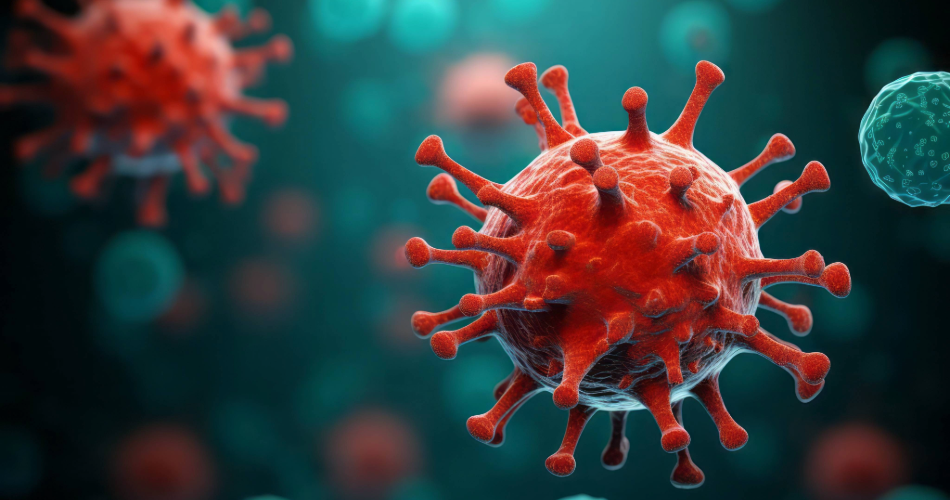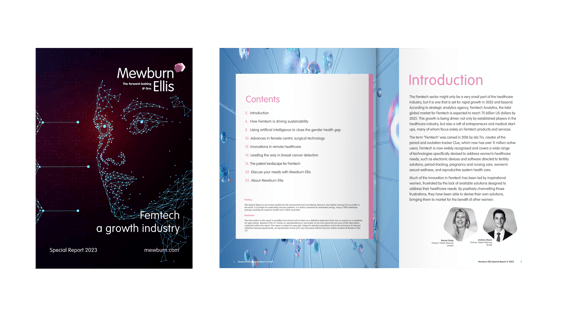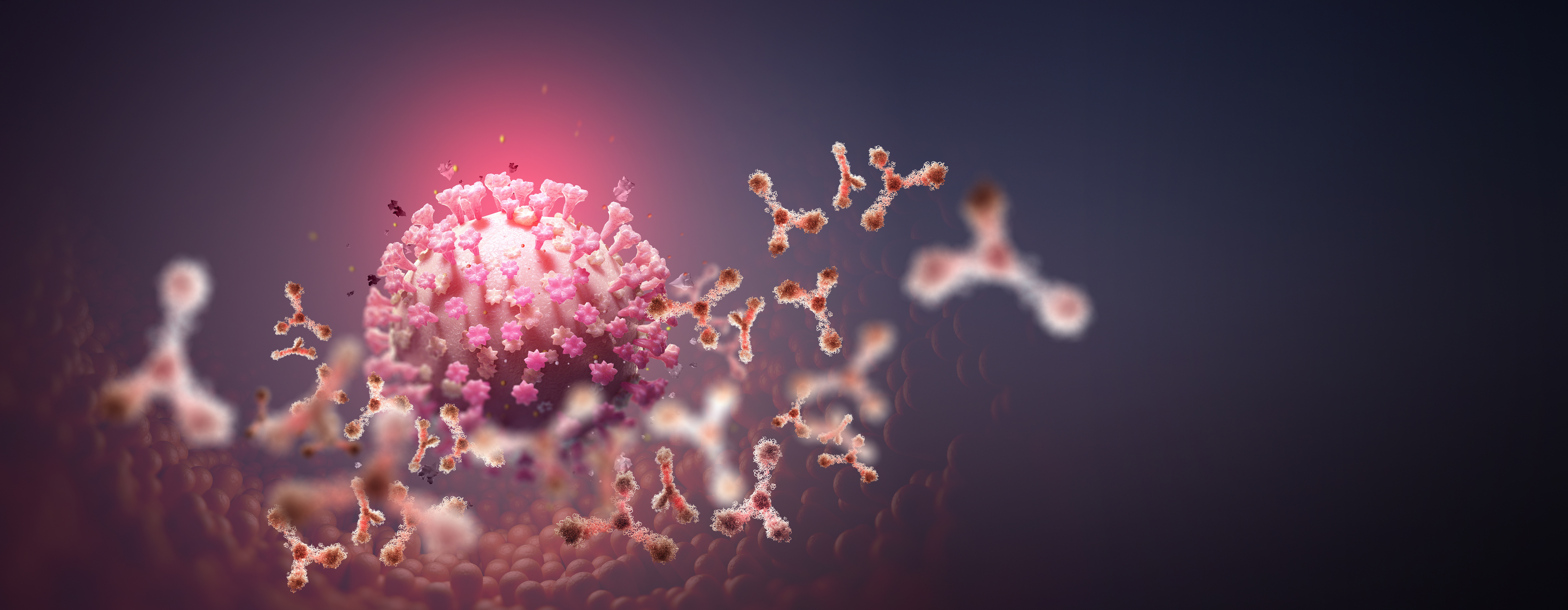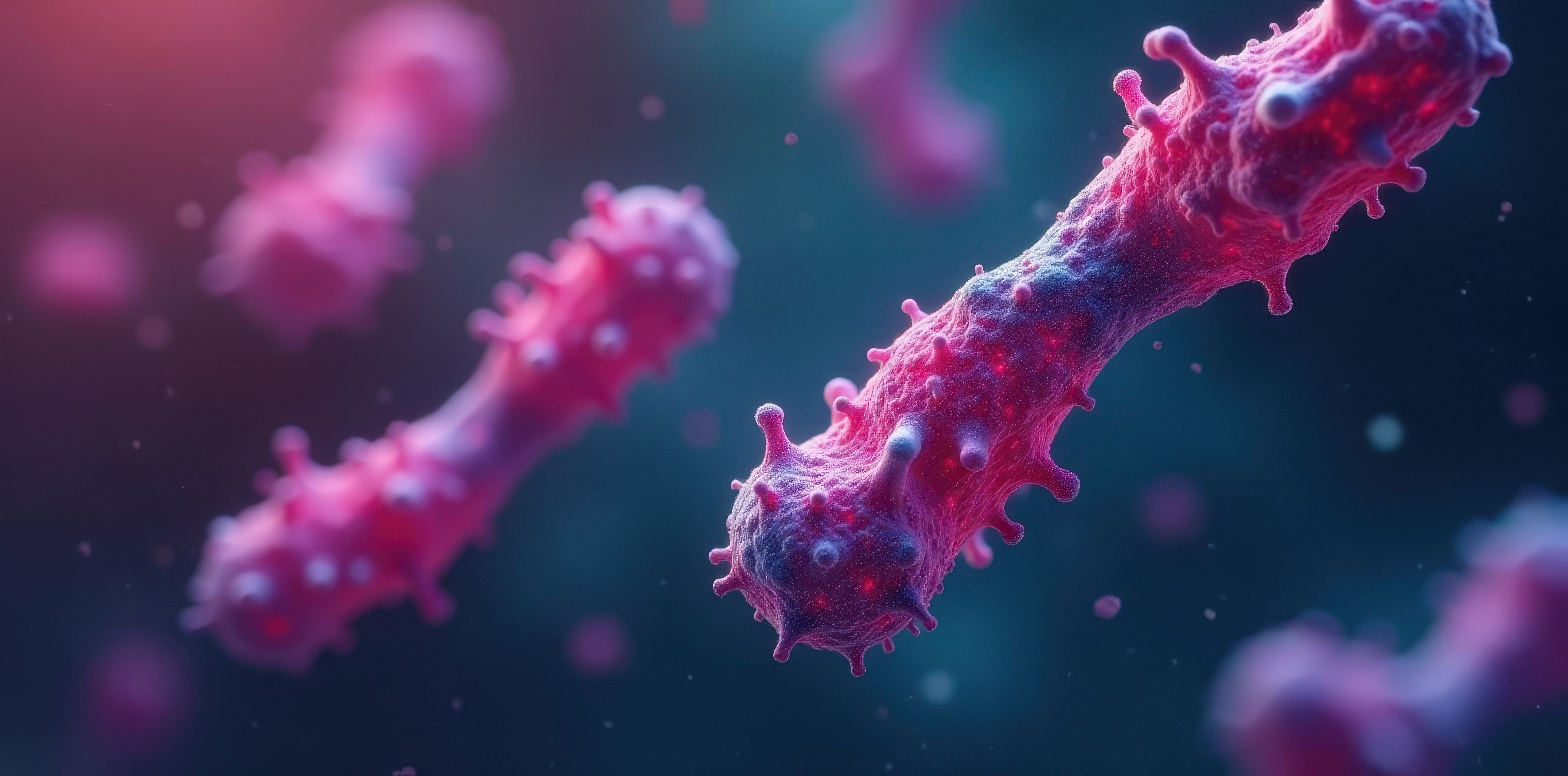
For the first time in Olympic history, the Paris 2024 Games achieved gender parity among athletes. Female competitors delivered many of the most memorable moments, while off the track, an increasing number of athletes spoke out about the challenges and triumphs faced by female athletes competing on the world's greatest sporting stage. From managing training and injuries to balancing motherhood and advocating for better funding, addressing these challenges is truly a marathon, not a sprint.
Many of us are all too familiar with the harsh reality of the gender research gap: only 4% of global R&D is dedicated to women's health. In sports science, the situation isn’t much better—between 2014 and 2020, only 6% of published studies in major sports journals focused exclusively on women. This lack of research is alarming, especially since female athletes are at higher risk for conditions like ACL tears, bone stress injuries, and hormonal disorders, which can be exacerbated during certain phases of the menstrual cycle. On top of that, Relative Energy Deficiency in Sport (RED-S), a condition driven by low energy availability, impacts so many areas of health and wellbeing, with reproductive health often taking the biggest knock. RED-S is estimated to affect <65% of long-distance runners, compared to just 3-5% of the general population, highlighting the urgent need for focused research in this area.
Recent advancements have improved our understanding of how fluctuations in female sex hormones—oestrogen, progesterone, and testosterone—affect both physical and mental performance. This knowledge is vital for optimising training and performance while enhancing our grasp of female physiology.
Menstruation
During menstruation, oestrogen and progesterone levels are low, often leading to headaches, fatigue, and cramping. One study found that over two-thirds of athletes suffering from these symptoms, along with psychological symptoms, felt that their training and performance was significantly impacted. Heavy menstrual bleeding can also lead to iron deficiency, a condition more prevalent among female athletes (15-35%) compared to males (3-11%). Menstrual women need almost twice as much daily iron as men, as they lose an average of 20-90 ml of blood during their periods. Given that iron is crucial for oxygen transport via haemoglobin, low iron levels can severely impair athletic performance.
Mid-Follicular Phase
In the mid-follicular phase, rising oestrogen levels enhance muscular glucose uptake and utilization, improving strength, endurance, and recovery—often regarded as the 'performance phase'. High levels of oestrogen are also related to feeling motivated and confident. This can however lead to over-training and an increased risk of injury as a result.
Ovulation
During ovulation, oestrogen remains elevated. High levels of oestrogen are thought to increase the laxity of tendons, and research has shown that injuries like ACL tears are nearly twice as likely during this phase of the cycle, and women are 6 times more likely to suffer this injury when compared to men. High oestrogen isn’t all to blame, with differences in pelvic biomechanics also playing a prominent role. Female footballers have been vocal about this issue, leading to initiatives like FIFA’s women’s health project, and Project ACL, which aim to reduce these injuries by addressing the gender research cap and exploring gendered environmental factors.
Luteal Phase
The luteal phase is characterised by high progesterone levels, often linked to fatigue and sleep disturbances due to a rise in core temperature, and cognitive impairments that can hinder coordination. Because of this, some training programmes recommend extra focus on hand-eye coordination and exercises that boost blood flow to the brain during this phase. Progesterone can also affect gut motility, explaining symptoms of bloating and constipation during this phase. This is of particular note for athletes who compete in a certain weight class.
It is clear how various points in the menstrual cycle should be carefully considered when it comes to creating a training and nutrition programme to optimise the health and performance of the athlete.
The role of contraception
Contraception adds another layer of complexity. Most research regarding contraception and athletic performance has involved the combined oral contraceptive pill (COCP), often used by athletes seeking more control and predictability with regards to managing their symptoms alongside optimising performance. Although the research at an elite level is sparse and inconclusive, some studies suggest that COCP may reduce the risk of certain injuries, such as ACL tears, due to the stabilisation of hormone levels, whilst others suggest that COCP leads to factors that decrease performance, such as lower testosterone and a decrease in VO2 max. Some athletes prefer to rely on their natural cycle to guide their training, harnessing the benefits of the "oestrogen boost”.
Ultimately, as with many aspects of women’s health, it’s highly individual, but that doesn’t mean we shouldn’t strive for answers.
The future?
As Deloitte predicts women’s sports to surpass $1 billion in global revenue for the first time in 2024, the race to fill the research gap is on.
Innovation in this field is advancing rapidly, with women often taking the data gap into their own hands and developing solutions to optimise performance. Female-founded platforms like Wild.AI and FitrWoman offer personalised training and nutrition programs based on menstrual cycle tracking. Over half of the Women’s Super League now use the FitrWoman app to optimise training regimes. Hormonix, developed by the English Institute of Sport and Mint Diagnostics, uses on-site saliva testing to provide a visualisation platform powered by hormone data intelligence, eliminating the need for blood testing and lab analysis. Hertility also provide at-home hormone testing kits, and are extremely active in gynaecological research, leading the drive towards personalised care solutions. Recently, they have even collaborated with Sweaty Betty to develop activewear designed for “Menstruation, Maternity and Menopause”.
Developers of wearables are also starting to acknowledge the impact of the menstrual cycle on athletic performance. Oura has collaborations with Natural cycles, Clue, Flo and, most recently, Lululemon. Garmin also suggests to users how to adapt exercise based on their menstrual cycle tracking.
Looking forward, investment fund Goddess Gaia Ventures, dedicated to health solutions for women, are prioritising this space. The Kynisca Innovation Hub, backed by $50 million from American businesswoman Michele Kang, aims to revolutionise training methods for female athletes through creating the world’s largest database on women’s health and performance, finally providing the resources to close the 6% gap and optimise female athletic potential throughout all fields of play. It will be important for startups in this area to build strong IP portfolios to help secure the investment that they need to really thrive and bring this technology into the mainstream.
At Mewburn Ellis, we are passionate about women’s health and excited to see the advancements in this space. If you’d like to work with us to develop an IP strategy and build a robust patent portfolio that works for your business, we’d love to hear from you.
|
|
Femtech: a growth industryOur report explores just some of the exciting new technologies that have entered the Femtech market in recent years, as well as analysing the patent landscape to better understand the evolution of the Femtech space and how technology focuses are shifting. |
Sarah is an associate patent attorney working as part of our life sciences team. She has a degree in Biological Sciences from Oxford University. She completed her PhD at Warwick University in plant pathology looking at how pathogen effectors manipulate the plant immune response. Sarah then worked as a post-doc in the Centre for Novel Agricultural Products at York University on plant responses to biotic stress.
Email: sarah.harvey@mewburn.com
Sign up to our newsletter: Forward - news, insights and features
Our people
Our IP specialists work at all stage of the IP life cycle and provide strategic advice about patent, trade mark and registered designs, as well as any IP-related disputes and legal and commercial requirements.
Our peopleContact Us
We have an easily-accessible office in central London, as well as a number of regional offices throughout the UK and an office in Munich, Germany. We’d love to hear from you, so please get in touch.
Get in touch



